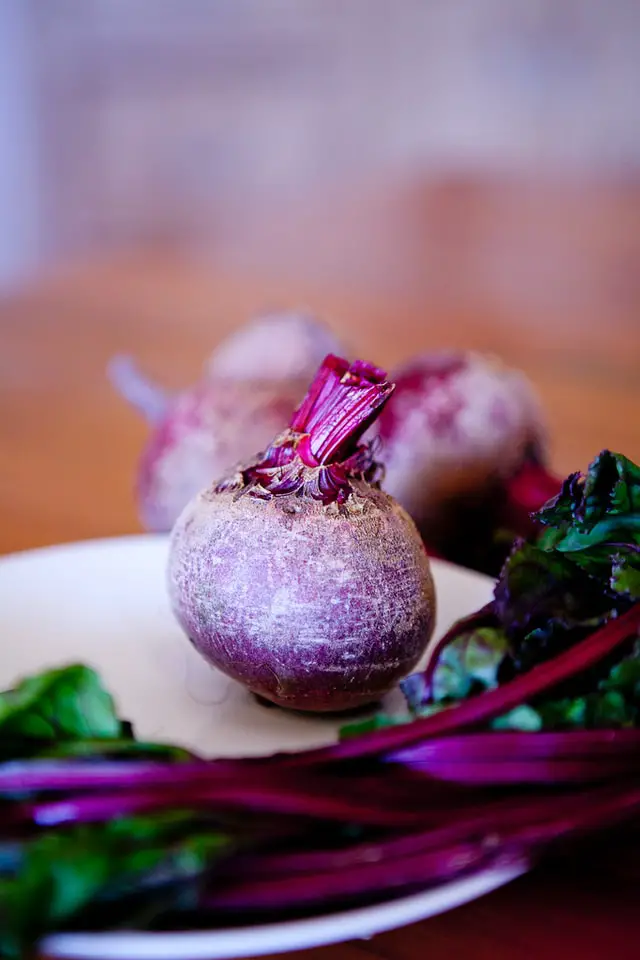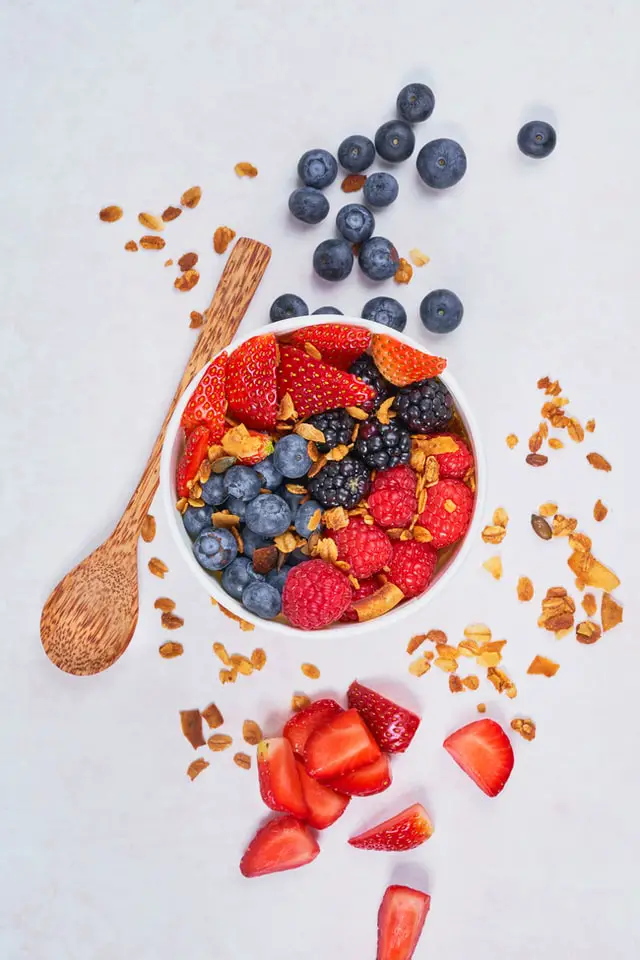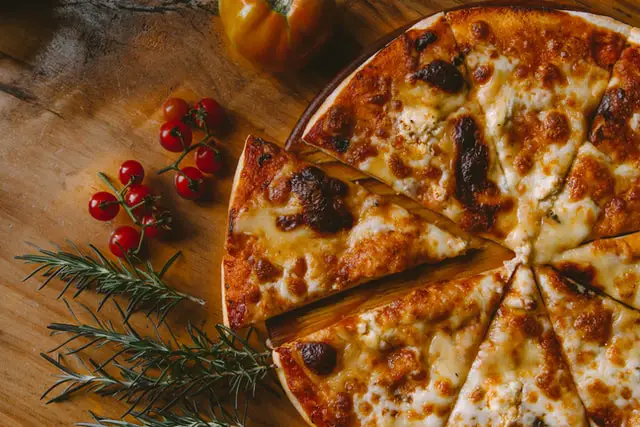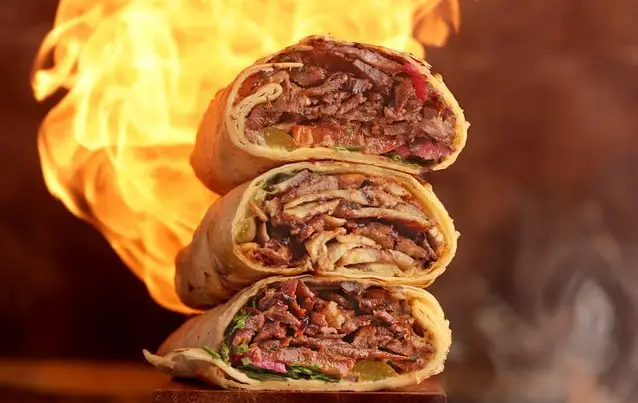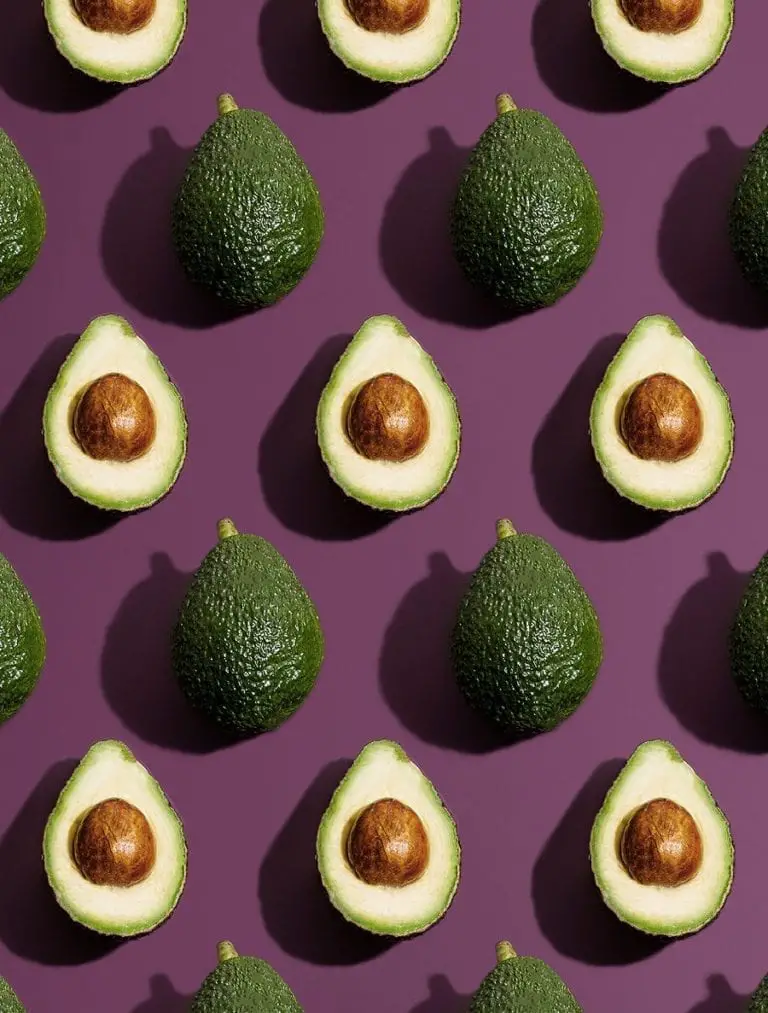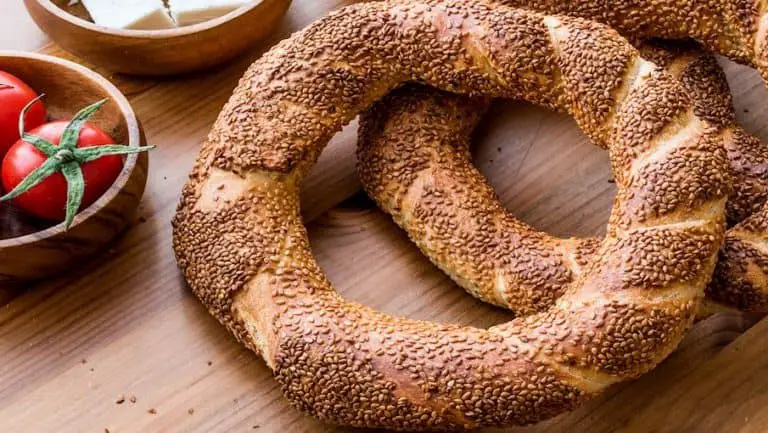Best foods for iron deficiency anemia

Started to look pale?
Feeling a little dizzy?
This can due to many reasons, one of them is anemia.
And,
Anemia caused by iron deficiency is the most common type of anemia.
So, this is what I will be talking about today.
According to the World health organization (WHO) “Third of all the women in the reproductive age are anemic (suffers from anemia).”
Moreover, from 30% to 50% of all groups who suffer from anemia are due to iron deficiency.
In this article, I will recommend various delicious kinds of foods to help people who suffer from anemia, also for the people who aim to prevent it.
Furthermore, I will discuss the difference between types of iron entering the blood and define their richest natural food sources.
But first, let’s take a look at the symptoms and causes of anemia to develop a better understanding of what we are handling.
Anemia in Simpler Terms
Generally, in anemia, blood lacks healthy red blood cells.
Specifically speaking, without iron, the body can’t produce hemoglobin, which enables red blood cells to carry oxygen properly.
So, by decreasing the deficiency in iron, we increase the count of the healthy functioning red blood cells.
What are the Symptoms of Anemia?
While suffering from Iron deficiency, you may experience a variety of symptoms that could affect your daily tasks. These symptoms include:
- Weakness
- Pale skin
- Chest pain, fast heartbeat, or shortness of breath
- Headache, dizziness, or lightheadedness
- Cold hands and feet
- Inflammation or soreness of your tongue
- Poor appetite
Note that iron intake portions are different among different genders across different periods of their lifetime…
Men need 8 milligrams of iron a day while women require 18 milligrams daily until they reach menopause, then their daily requirement falls to 8 milligrams.
Next up, let’s talk now about the differences between the two different forms of iron that enter the body from food.
Heme VS Non-Heme
The iron that enters the body from food comes in two types:
1- Heme iron
Heme iron is found in animal flesh including red meat, poultry, and seafood with all their types. It can also be found in eggs and diaries.
Heme iron is easily absorbed by the cells and it can’t be affected by the foods ingested with heme-rich food.
However, heme iron is not the only type of iron in animal meat.
In fact, only (45% – 55%) is heme iron.
The other type of iron will be…
2- Non-heme iron.
Non-heme iron exists in every iron-containing food.
This includes:
- Meat
- Poultry
- Seafood (Mixture of heme and non-heme)
- Dairy and Eggs (Mixture of non-heme and heme)
- Vegetables, fruits, and other grains. (Non-heme)
Non-heme iron is significantly affected by the meal composition and other food components added to the meal.
For example,
Non-heme iron absorption can be enhanced significantly by the addition of vitamin C, which exists in natural products like strawberries and potatoes.
Now,
Let’s talk about the foods that can be really beneficial and treat your iron deficiency anemia.
I will be covering how much iron content they contain, and mention other important nutritional facts related to them.
First: Heme Iron Sources
For the Meat:
1- Liver
The liver is very dense in nutrients. Containing significant amounts of iron, vitamins A and B, and copper.
Beef liver is especially denser than any other kind with nutrients.
100 grams (g), beef liver contains:
- 133 calories
- 20.35 g of protein
- 4.78 milligrams (mg) of iron
- 16,814 international units of vitamin A
- 1.1 mg of vitamin C total ascorbic acid
- 274 mg of cholesterol
Moreover liver contains considerable amounts of B12 vitamin, which works with iron to keep your blood cells healthy.
However, the liver should be avoided during pregnancy, as it contains significant amounts of cholesterol, which may cause serious heart problems.
Excessive consumption of beef liver can lead to vitamin A toxicity, a case in which the extreme intake of vitamin A leads to a rash of abdominal pain and vomiting.
The liver can be cooked in different methods, which include the common liver onion dish in most countries.
2- Red meat
Red meat is generally one of the most nutritious foods.
Moreover, researchers have suggested that people who consume meat constantly in their diets are more immune to iron deficiency anemia.
This is because 100 grams of beef contain 2.7 mg of iron.
Furthermore, red meat is easily accessible for most people because it’s virally common among citizens of any country.
Also, meat can be included in unlimited forms of a meal so you wouldn’t get bored of eating it.
As meat can be steaked, grounded, steamed, or regularly boiled to fit into the taste you are looking for.
Moreover, the greater portion of iron in red meat is heme-iron which is (as mentioned) easier to be absorbed by the body by two or three times than iron found in vegetables.
This would aid us significantly in preventing iron deficiency anemia and even contributing to increasing your iron levels and thus healing your anemia.
Now, for the
Chicken:
1- Chicken liver
The chicken liver also is very rich in iron as it supplies 11.63 mg of iron per 100-gram serving.
Moreover, Chicken liver is full of important vitamins like B12, vitamin C, and vitamin A.
Per 100 gm serving it contains:
- 167 kcal
- 9 g carbohydrates
- 8 g fat
- 4 protein
Note that chicken liver is considerably rich in vitamin C, which enhances the absorption of the non-heme iron content within it.
2- Turkey
Turkey is a very nutritious meal, especially dark turkey meat.
As (100-gram) portion of dark turkey meat has 1.4 mg of iron, while the same amount of white turkey contains only 0.7 mg of iron.
Turkey is also very rich in protein, as in 100 grams of turkey there are 28 grams of protein.
Worth mentioning that protein is very important in the maintenance of muscles growth.
Also, turkey is loaded with vitamin B, especially vitamin B12, which works alongside iron for the healthy transportation of oxygen.
Moreover, Turkey is very rich in minerals like selenium, phosphorus, and zinc.
3- Eggs
Eggs are the most common food as breakfast in most countries.
For people who suffer from anemia due to iron deficiency, constant consumption of eggs can be a great healthy food choice to add to their diet.
A raw egg contains on average 1.89 mg of iron.
Other than iron, eggs are full of other important nutritional content:
- Calories: 70 kcal
- Fat: 4.75 g
- Protein: 6.28 g
- Carbohydrate: 0.36 g
Other than breakfast, eggs can be a special addition to a lot of meals.
You might try to add some eggs from now on so that any meal you cook is filled with important nutritional content.
Furthermore, eggs are easily available almost anywhere. With a relatively low cost to any other iron source.
4- Poultry Meat
Poultry meat is the most consumed in foods in the world. But how can this be useful in helping the fight against iron deficiency anemia?
Poultry meat includes significant amounts of iron, for 100 gm serving it gives approximately 1 mg.
However, as mentioned, it has heme iron which is absorbed in large quantities without being affected by other materials exist.
Moreover, poultry meat is also full of other vital nutrients including protein with about 26 grams per 100-gram serving.
Luckily,
This nutritious food, Poultry meat, is the most accessible meat all over the world and comes at a relatively economical price in comparison to beef.
Last but not least, the
SEAFOOD
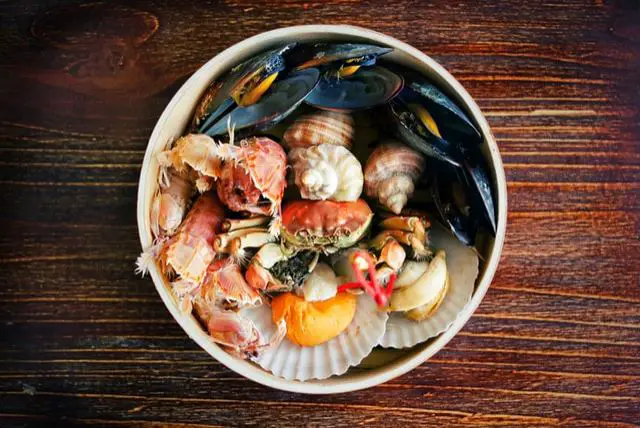
The iron in seafood is heme, as explained it can be absorbed with very high efficiency by the cells.
The first type of seafood…
Shellfish
Shellfish, as the name implies, live in water and have a shell-like exterior.
Shellfish have been consumed all over the world for centuries.
They contain considerable amounts of protein, healthy fats alongside various essential nutrients for a healthy diet.
Note that shellfish is most nutritious when steamed or baked rather than being fried or breaded. This is to avoid the addition of extra calories, carbs, salt, or unnecessary unhealthy ingredients.
Shellfish has a variety of additional positive impacts as they can:
- Improve your immune system responses.
- Be Good for your brain health.
- Aid weight loss.
- Promote heart health.
Shellfish are divided into two groups, mollusks, and crustaceans.
Now we will discuss the nutritional facts for the two groups (Mollusks – crustaceans).
(A) Sea Mollusks
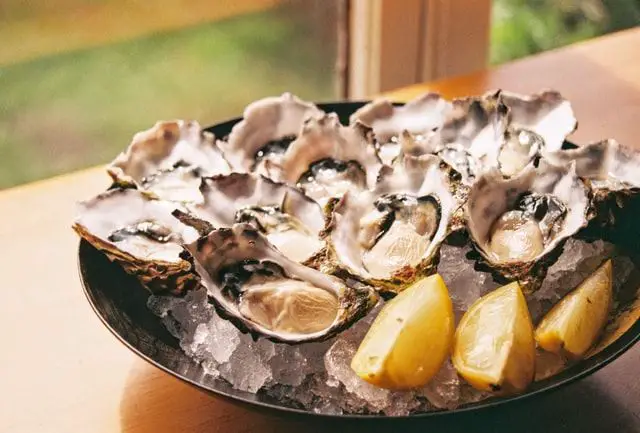
Many types of mollusks live in the sea.
They are generally very delicious, moreover, they contain considerable amounts of the treasure we are looking for “iron.”
Mollusks contain much more iron than any other kind of seafood.
For instance, Oysters, a type of mollusks, contain an average of 7 mg of iron per 100 gm serving.
That’s a very significant portion regarding the daily needs.
Most types of mollusks contain from 6 mg to 12 mg of iron per 100 gm serving.
Some examples of the very nutritious sea mollusks are
- Clams
- Oysters
- Octopus
- Mussels
- Cuttlefish
Mollusks are very rich in omega 3 and protein with also relatively low calories which makes them a perfect nutrient for various health cases.
Also, note that the richest food in heme iron is clams as it contains about 28 mg of iron per 100 g serving.
This demonstrates the superiority of sea mollusks over any other food in helping to prevent iron deficiency.
(B) Crustaceans
Crustaceans include shrimps, crayfish, crab, and lobster.
They contain considerable amounts of iron.
However, they contain less iron than mollusks.
For instance, shrimp contains an average of 0.5 mg of iron per serving.
However, for people who want to maintain a diet full of protein, crustaceans serve you right. A 100 g serving includes about 25 g of protein.
Second: Non-Heme Sources
Moving to non-heme sources, which are more economical and readily available almost everywhere.
As mentioned, it can be harder to absorb non-heme iron by blood and thus decreasing their efficiency. However, this could be overcome by the addition of vitamin C to your diet.
1- Cooked soybeans
Soybeans are well known for being full of protein, thus replacing meat for vegetarians.
But can soybeans replace meat while aiming to prevent iron deficiency?
It might do because of its large dose of iron even though it’s non-heme iron.
In fact, for 1 cup of cooked soybeans, there is 8.8 mg of iron.
As mentioned, the problem of being non-heme can be overcome by the consumption of food rich in vitamin C.
Moreover, let’s talk about the important nutritional factors of soybeans.
100 g of soybeans contains:
- Calories: 173 kcal
- Protein: 16.6 g
- Carbs: 9.9 g
- Sugar: 3 g
- Fiber: 6 g
- Fat: 9 g
Being rich in protein, iron, and low in carbs permits it to be a strong candidate to prevent iron deficiency in the blood.
2- Blackstrap molasses
Being created by boiling sugarcanes or beets, blackstrap molasses have been used as an affordable sweetener for so long.
It is an essential, affordable, and healthy portion of the diet for the common.
Moreover, it has a variety of important nutrients including a significant portion of iron.
For 2 tablespoons, black molasses contains about 7.2 gm of iron.
Moreover, it’s rich in calcium and magnesium, which are essential to blood, as a spoon of molasses contains 8% and 10% of their daily need, respectively.
Molasses is also terrific for the heart as it is rich in potassium.
You can use black molasses as a supplement in cooking various dishes. Furthermore, it can be eaten by itself or with bread as it is common in many households.
3- Lentils
Cooked lentils could provide you with a considerable amount of iron that can be important for your diet.
As 1 cup of lentils can provide you with 6.6 mg of iron
Furthermore, a 100 g of lentils contains:
- 116 calories kcal
- 02 g of protein
- 38 g of fat
- 13 g of carbohydrates
Lentils come in different types that could be used in the preparation of various meals.
Moreover, it contains both insoluble and soluble fibers which are good for your health.
You can simply insert lentils into your diet by adding them to soup or stew recipes.
Lentils are common all over the world because of their affordable price, ease in preparation, and the availability of different types to suit various meals.
4- Spinach
Spinach which is well known for its aid in iron deficiency prevention contains 6.4 mg of iron per cup.
Moreover, 100 gram serving of spinach includes:
- Calories: 23
- Protein: 2.9 g
- Carbs: 3.6 g
- Fiber: 2.2 g
- Fat: 0.4 g
Spinach has a combination of non-heme Iron and vitamin C that will make this iron highly absorbed by the cells, making it more healthy.
Spanish also decreases oxidative stress as it has antioxidants.
Moreover, spinach decreases the risk of cancer and helps in moderation of the blood pressure.
5- Tofu
Tofu is known to be first made in China around 2000 years ago.
Nowadays, it’s massively produced due to the increase in the use of soybeans.
Tofu is a food made by compressing condensed soy milk into white blocks, its process of creation is similar to cheese making.
It’s also rich in high-priority nutrients as a 100 g serving of tofu offers:
- Protein: 8 grams
- Carbs: 2 grams
- Fiber: 1 gram
- Fat: 4 grams
It also provides a lot of vital vitamins and nutrients like:
- Manganese
- Calcium
- Selenium
- Phosphorus
- Copper
Tofu lowers the risk of diabetes and obesity and represents an alternative source of protein.
6- Bagel
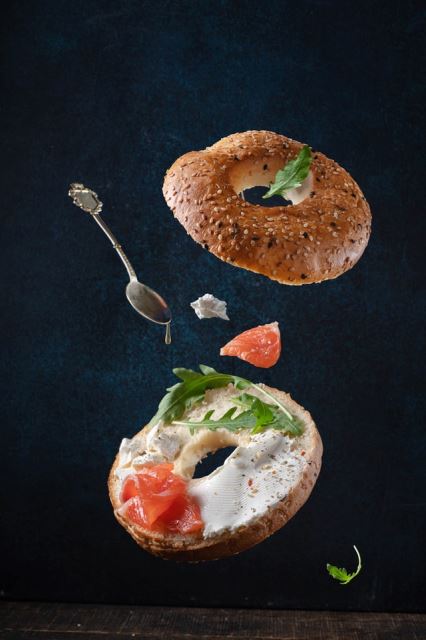
The bagel was first originated in Poland. It became so popular among the public then spread worldwide.
A medium-enriched bagel can contain around 6.4 mg of iron.
And, its nutritional content includes:
- Calories: 289 (kcal)
- Protein: 11 g
- Fat: 2 g
- Carbs: 56 g
- Fiber: 3 g
Also, it contains some essential nutrients
- Thiamine
- Manganese
- Copper
- Zinc
- Calcium
However, Bagel isn’t always the healthiest choice, as the average-sized bagel increased thus increasing the calories within it.
Also, its high carb content increases obesity noticeably.
7- Chickpeas
Chickpeas are widely used in a variety of recipes even though it is an annual product.
Cooked chickpeas can have up to 4.7 mg of iron in it per cup.
A 28-gram serving provides the following nutrients:
- Calories: 46
- Carbs: 8 grams
- Fiber: 2 grams
- Protein: 3 grams
Chickpeas may protect against some specific chronic diseases and help you manage your weight.
Conclusion
Iron deficiency is widely spread as mentioned. However, this can be overcome if you balance your diet to avoid the lack of important nutrients within it.
However, if you already suffer from iron deficiency anemia you better consult a doctor to assure that you need no medication alongside the food.
Now, I would like to hear from you.
What information from today’s post was the most remarkable to you?
Or maybe you have something to ask or give feedback for the post.
Either way, let me know by leaving a comment below right now.

